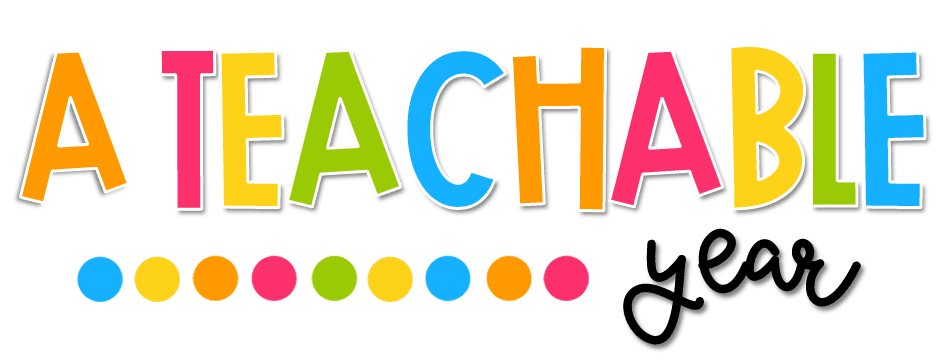Embracing Freedom: Teaching Juneteenth in ESL Classes
Wednesday, June 19, 2019
- Leave a Comment
Juneteenth, celebrated on June 19th, commemorates the emancipation of enslaved African Americans in the United States, offering ESL teachers a poignant opportunity to engage students in a lesson that explores history, culture, and the significance of freedom while enhancing language skills. This celebration invites an exploration of history, diversity, and the journey towards equality.
1. Understanding Juneteenth
Juneteenth marks the day in 1865 when Union soldiers arrived in Galveston, Texas, announcing the end of slavery, despite the Emancipation Proclamation being issued two years prior.
2. Language Skills and Activities
Vocabulary Enrichment:
Introduce Juneteenth-related vocabulary such as emancipation, freedom, equality, heritage, celebration, and specific terms related to African American history. Utilize visuals, discussions, or readings to reinforce vocabulary.
Reading and Comprehension:
Select articles, stories, or historical texts about Juneteenth, its significance, and the history of slavery in America. Conduct reading sessions followed by discussions or comprehension tasks.
Writing Tasks:
Encourage students to write essays, reflections, or poems about freedom and what it means to them. They can also explore the importance of cultural celebrations like Juneteenth. This exercise nurtures language skills and cultural understanding.
3. Historical Insights
History of Juneteenth:
Explore the historical context and events leading to Juneteenth, discussing the legacy of slavery, abolitionism, and the struggle for freedom.
Cultural Significance:
Discuss the cultural traditions, music, food, and community celebrations associated with Juneteenth. Explore how different communities commemorate this day.
4. Interactive Activities
Cultural Showcase:
Encourage students to research and present aspects of African American culture, including music, dance, food, or traditional clothing, related to Juneteenth.
Freedom Quilts or Art:
Engage students in creating artwork, freedom quilts, or collages representing themes of freedom, equality, and unity. This hands-on activity encourages creativity and cultural expression.
5. Reflective Discussions
Freedom and Equality:
Initiate discussions on the importance of freedom and equality in society. Encourage students to reflect on the significance of Juneteenth in the context of human rights.
Diversity and Unity:
Discuss the value of diversity and unity in communities. Encourage students to share stories of inclusivity and ways to promote understanding among diverse cultures.
Teaching about Juneteenth in ESL classes offers a powerful exploration of history, cultural heritage, and the pursuit of freedom. By integrating language exercises, historical insights, interactive activities, and reflective discussions, educators can create a meaningful lesson that not only enhances language skills but also fosters respect for diversity and the quest for equality.
As we celebrate Juneteenth, let us inspire students to honor the struggles and achievements of the past, celebrate cultural diversity, and strive for a world where freedom and equality prevail for all.

Subscribe to:
Post Comments (Atom)


No comments
Post a Comment
Thanks for your comment!